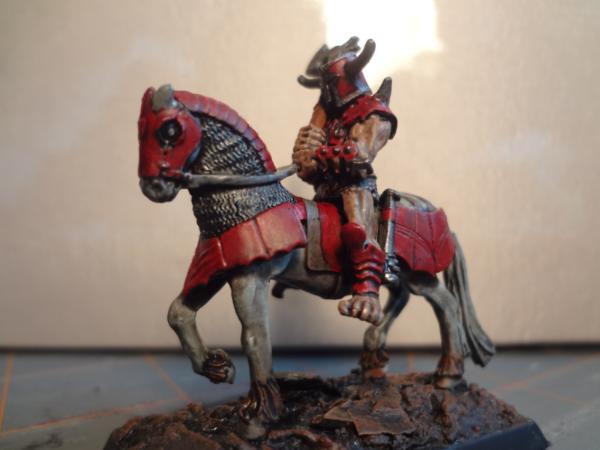I've got a number of quick basing methods for figures with cast-on bases.
A broken rocky look works well for dungeon and outdoor double duty. I recommend heading to your home depot and buy a tub of either "Premixed concrete patch" or premixed "Fireplace cement/mortar" and a bag of pine bark "chips". You may also be able to grab some pine bark in nature or in your friend's garden.
I usually bake the bark in the oven to dry it out 300 degrees, checking at 5 minute increments. They dry pretty fast and make your house smell wonderful.
After you glue the figures to the bases, use the concrete patch or cement/mortar to hide the cast-on base. Then press bits of the bark into it. It dries fairly quickly (faster than PVA and sand) and the bark will be stuck in place. Paint black and drybrush in grey or brown and you're done.
Here's what it looks like: These minis (AltArmies Sidhe and Ral Partha Knight) all have cast on bases and the base painting is with only one color of brown drybrushed over black.


I got my first batch of bark from a fellow on the reaper forum and I can't say enough good things about it. It really looks like rock, has a texture that takes a drybrush really well, is easy to cut or break apart and is dirt cheap. Concrete patch also is a nice cheap fast drying product that has enough texture that it doesn't require sand, and the "cement" qualities of it allow you to add bits or rock or bark before it dries and with out glue.
As for what bases to use, if they will only be used for skirmishes and dungeon crawls, then 25mm rounds are my preference for most figures. If there is any chance at all you might use them in a mass battle game like Kings of War, WHFB, etc, then 20mm squares are safest. I've recently started putting alot more minis with possible mass-battle uses on 20 mm squares.
For plastic bases of either type, It's hard to find better deals than EM4 or Proxie. EM4 for the classic GW height mostly-slotta bases and Proxie for slightly shorter bases that are mostly slotta-less.